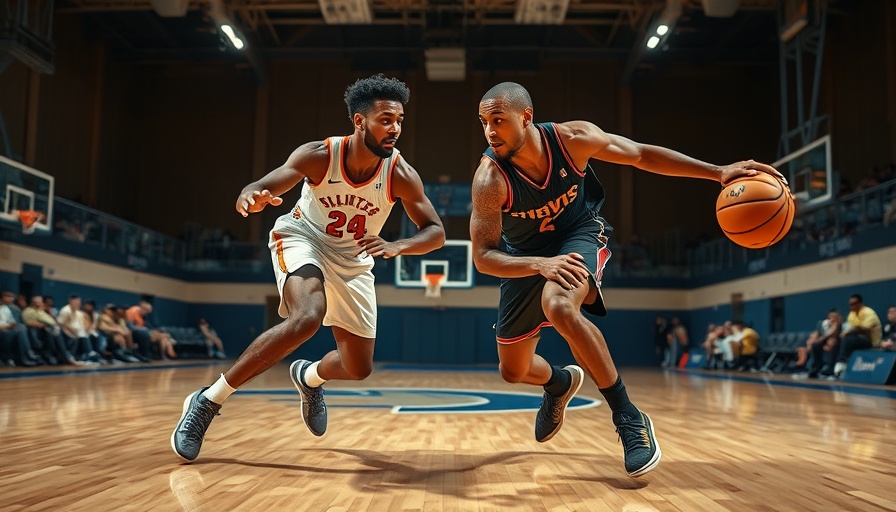
Reserves Stepping Up: Tony Bradley’s Crucial Role in the Playoffs
In a playoff series often defined by star players, it's the little-used reserves who can make the most significant difference. Tony Bradley, a lesser-known name in the Indiana Pacers’ lineup, stepped into the spotlight during a critical Game 2 against the New York Knicks. Head Coach Rick Carlisle decided to shake things up after recognizing the team’s struggles in rebounding during Game 1. By turning to Bradley, Carlisle leveraged the strengths of a player who had primarily been sitting on the bench throughout the postseason.
A Tactical Shift with a Purpose
Prior to Game 2, Tony Bradley had amassed only 17 minutes in minimally impactful appearances. However, in their pivotal victory, he delivered a surprising eight minutes of gritty play, aiding the Pacers' efforts to counteract the Knicks' rebounding dominance. The Knicks held a significant 84-70 rebounding advantage over the first two games, yet the Pacers emerged victorious, a testament to their strategic adaptability. Carlisle’s decision to integrate Bradley meant he could spare primary big men Myles Turner and Thomas Bryant, both of whom faced foul troubles early in the game.
Defending the Glass: Bradley's Game Plan
What was Bradley’s secret to sustaining a competitive edge on the boards? “I was just focused on keeping [Mitchell] Robinson off the glass,” Bradley explained post-game. His ability to space the court, mixed with a fierce defensive presence, allowed him to disrupt the Knicks' typical rebounding patterns. As the stats showed, while Robinson usually racked up rebounds effortlessly, only one of his nine grabs occurred with Bradley on the court. It points to the influence of having fresh legs and strategic defense when it counts the most.
The Contrast in Coaching Styles
While Carlisle expanded his rotation to include Bradley, Knicks’ Coach Tom Thibodeau relied heavily on his starters, keeping a tight five-player rotation. This approach, while traditionally seen as a stronger commitment to a core group, can lead to weariness among players as the playoffs grind on. In contrast, Carlisle’s willingness to delve deeper into his bench has allowed for fresh perspectives and rejuvenated energy. This tactical ebb and flow provides insight into how coaching styles significantly impact team performance under pressure.
Rebounding Insights: More than Just a Statistic
The importance of rebounding cannot be overstated in basketball, where possession is key. Despite being out-rebounded, the Pacers capitalized on their smart defensive schemes and opportunistic plays. The 'second-chance points' dictate much of the game's pace and results, illustrating that while the numbers can tell part of the story, the strategy and execution are equally critical.
What Lies Ahead for the Pacers?
As the series progresses, one must consider whether Carlisle continues to supplant established players with lesser-used bench strengths like Bradley. If the Paders wish to maintain their upper hand, further mixing of rosters might come into play as each game presents new challenges. Drawing from the lessons learned in Game 2 will be critical as they prepare for the next battle against a Knicks team that will certainly come back fighting.
In conclusion, the role of bench players in playoff success cannot be underestimated. As teams look to balance their rotations and tactical decisions, observing how coaches manage their rosters gives fans a deeper understanding of the strategic complexities of the game. As we look forward to an exciting series, remember the significance of that “little-used reserve” who can change the tide of a game.
 Add Element
Add Element  Add Row
Add Row 



Write A Comment